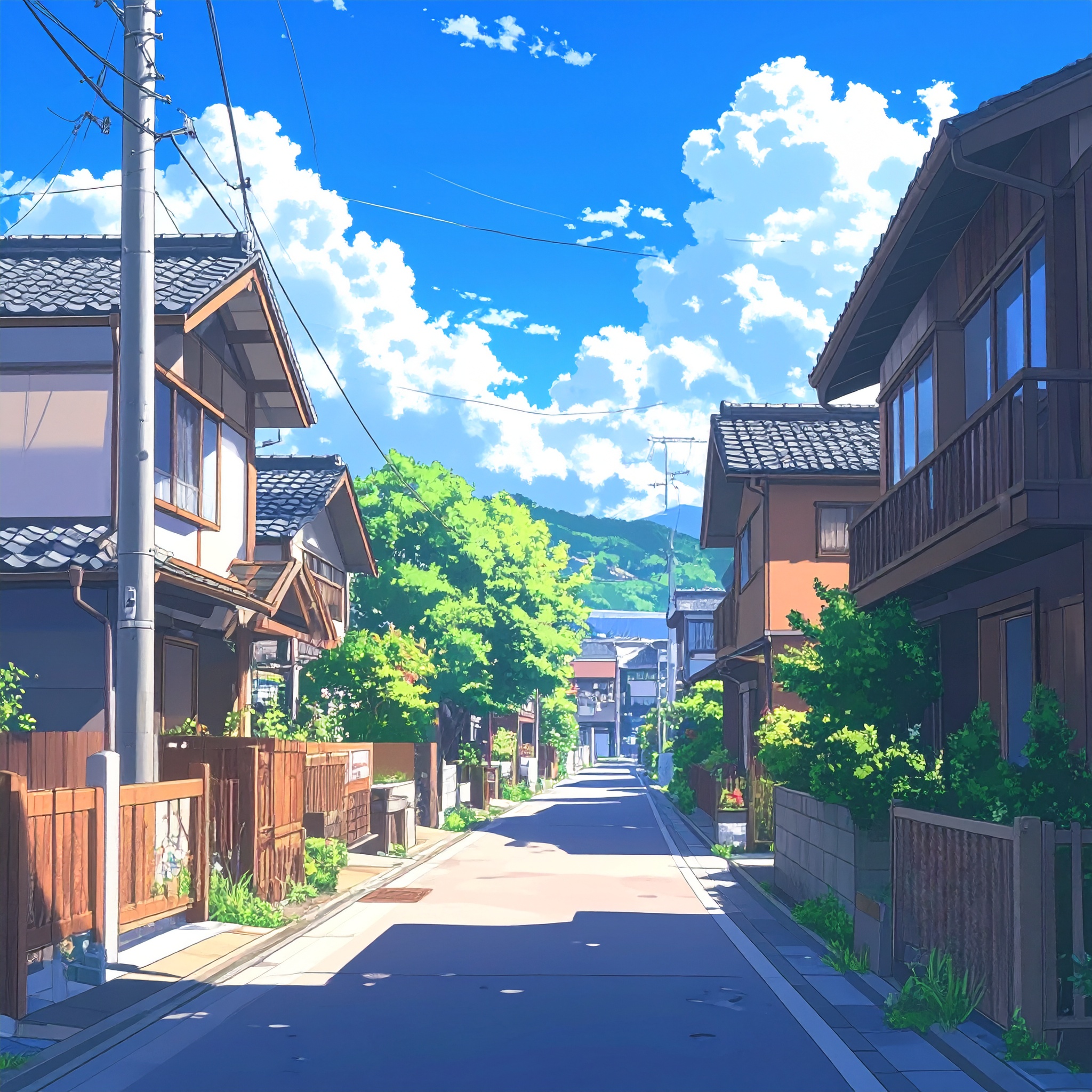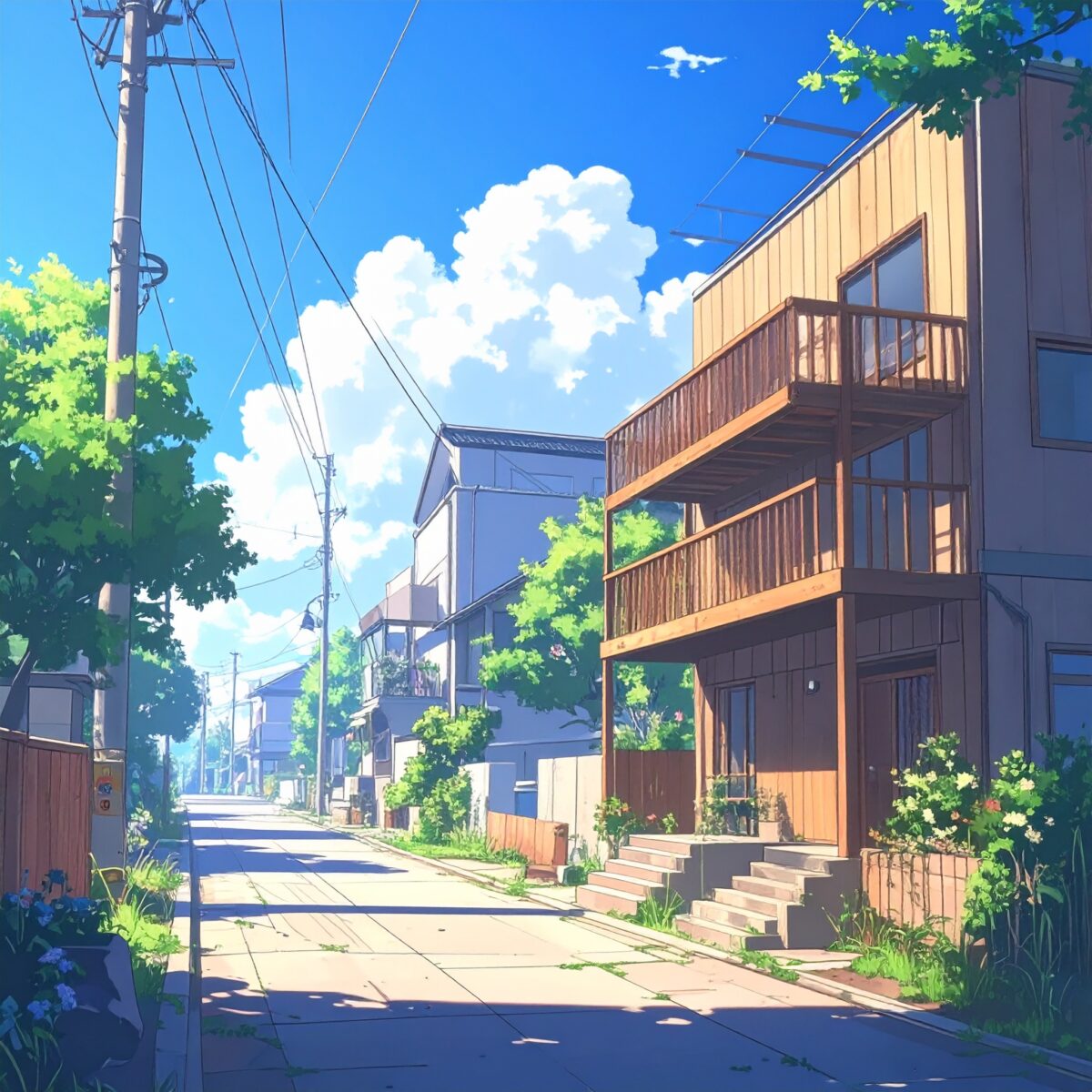When browsing rental listings, terms like “RC (Reinforced Concrete),” “Wood Frame,” and “Steel Frame (S-Structure)” frequently appear in the property details. While these may seem like technical jargon, they actually have profound implications for a residence’s comfort, durability, rental cost, and even energy efficiency.
Many clients find themselves asking, “Should I choose reinforced concrete or wood?” The answer varies depending on one’s lifestyle and priorities—whether you value peace and quiet, lower costs, or natural ambiance.
This article outlines the defining characteristics and comfort differences between reinforced concrete and wood-frame constructions, offering clear guidance to help you determine which structure best suits your needs.
1. Sound Transmission (Acoustic Insulation)
Wood Frame Construction
Due to the lightness and flexibility of wood, vibrations and sounds can travel easily through the structure. In low-rise apartment buildings (such as two-story units), residents may frequently hear footsteps, door movements, or television sounds from neighboring units.
Not ideal for:
-
Individuals sensitive to noise
-
Those who require a quiet environment for remote work or study
Reinforced Concrete (RC) Construction
With its dense, heavy composition, RC construction offers superior sound insulation. It minimizes noise from adjacent units and upper or lower floors, providing a high level of privacy and acoustic comfort.
Best suited for:
-
Those who seek a tranquil living environment
-
Residents who wish to enjoy music or films at home without disturbing others
2. Indoor Temperature Stability (Thermal Insulation)
Wood Frame Construction
While wood has natural insulating properties, the overall structure tends to be more susceptible to external temperature fluctuations. As a result, these residences can become hot in summer and cold in winter, with inconsistent climate control performance.
Consequences:
-
Higher utility bills due to increased heating and cooling needs
-
Greater likelihood of indoor dryness or condensation issues
Reinforced Concrete (RC) Construction
Concrete, with its high thermal mass, retains heat and cool air effectively, making it slow to cool down or warm up. This can create a comfortable indoor environment during transitional seasons, but air conditioning becomes essential during the peak of summer and winter.
Consequences:
-
Comfortable with proper air conditioning
-
Additional heat management solutions such as curtains or air circulators can enhance efficiency

3. Seismic and Fire Resistance
Wood Frame Construction
Modern wood-frame residences generally meet current seismic standards and are structurally sound. However, they tend to be more vulnerable to fire and severe weather events such as typhoons.
Well-designed and recently built wooden properties can offer solid earthquake resilience, but older structures require thorough inspection to ensure safety.
Reinforced Concrete (RC) Construction
RC buildings are renowned for their exceptional resistance to both earthquakes and fire, offering a high level of structural safety. Many are designed for long-term durability, with lifespans of 50 years or more.
Advantages include:
-
Reduced perception of seismic shaking
-
Potentially lower fire insurance premiums compared to wood-frame properties
4. Construction Costs and Rent
Building structure directly influences construction costs—and ultimately, rental pricing.
| Category | Wood Frame Construction | Reinforced Concrete (RC) Construction |
|---|---|---|
| Construction Cost | Lower | Higher |
| Typical Rent | More affordable (¥10,000–¥20,000 less) | Higher, especially in central or newly built properties |
| Insurance Premiums | Slightly higher | Lower, due to reduced fire and earthquake risk |
For those prioritizing cost savings, wood-frame properties can be ideal. Conversely, tenants seeking advanced facilities, durability, and comfort may find RC construction more suitable.
5. Property Type and Living Experience
Features of Wood Frame Residences
-
Commonly found in two-story buildings or house-like apartments
-
Often include balconies or private gardens
-
Frequently located in residential neighborhoods, offering quiet surroundings
-
Some interiors showcase the natural warmth of wood finishes
Features of Reinforced Concrete (RC) Residences
-
Predominantly seen in mid- to high-rise buildings (three stories and above)
-
Typically equipped with amenities such as auto-lock entry and elevators
-
Widely available in urban centers and near train stations
-
Well-maintained common areas and shared facilities

6. Resident Demographics and Lifestyle Tendencies
The choice of construction type can often reflect—or even shape—the profile and lifestyle of its residents.
| Example Categories | Wood Frame Apartments | RC-Constructed Mansions |
|---|---|---|
| Predominantly Single Occupants / Students | ◎ | △ |
| Predominantly Families | △ | ◎ |
| Long-Term Residents | △ | ◎ |
| Short-Term / Corporate Relocations | ◎ | △ |
Wood-frame properties are often associated with a more casual and accessible entry into residency, while RC-constructed buildings tend to appeal to those seeking a stable, long-term living environment.
Choosing a Building Structure Based on Your Priorities
There is no absolute “better” or “worse” when it comes to construction types—what matters most is aligning the structure with your individual priorities and lifestyle.
For example:
-
Sensitive to noise? → Reinforced Concrete (RC)
-
Prioritizing affordability? → Wood Frame
-
Planning long-term family residency? → RC
-
Looking for cost-effective suburban living with easy commuting? → Wood Frame
-
Concerned about earthquakes or fire? → RC
-
Prefer the warmth and charm of natural materials? → Wood Frame
Most property search platforms allow you to filter listings by structure type. Clarifying what matters most to you can help streamline the process and lead to a residence that truly complements your way of living.




